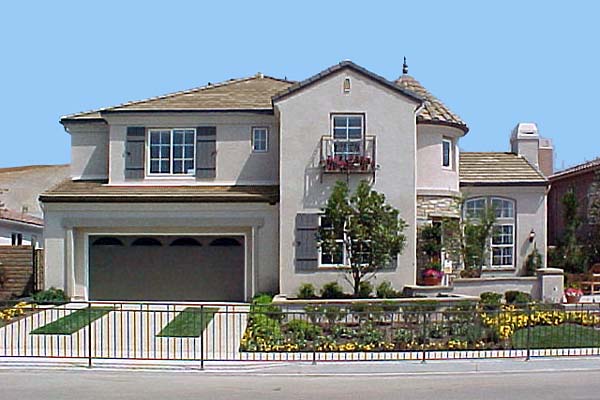NORMAL WEAR AND TEAR
When renting a property, it is important for tenants and landlords to have a clear understanding of what constitutes normal wear and tear, as it can impact the security deposit and maintenance responsibilities.
Normal wear and tear is the expected depreciation that occurs as a result of typical daily use, such as minor carpet wear, paint fading, or small scuff marks on walls.
Impact on Property Management
For landlords and property managers, recognizing normal wear and tear is essential for differentiating it from damages that are beyond the scope of typical usage. This understanding helps in determining what can be deducted from a tenant's security deposit to cover necessary repairs or replacements.
Conclusion
In the realm of real estate, the concept of normal wear and tear serves as a fundamental criterion for assessing the condition of a property over time. Distinguishing between normal wear and tear and tenant-inflicted damages is crucial for maintaining fairness in security deposit deductions and upholding the overall condition of rental properties. By embracing a clear comprehension of normal wear and tear, both tenants and landlords can navigate the nuances of property maintenance and tenancy with transparency and equitability.
Understanding normal wear and tear is pivotal for all parties involved in property leasing, ensuring a fair and balanced approach to property upkeep and tenancy turnover.
MORE REAL ESTATE TERMS
A, B, C, D, E, F, G, H, I, J, K, L, M, N, O, P, Q, R, S, T, U, V, W, X, Y, Z
Featured New Home

Featured Mortgage Brokers
- PRIMARY RESIDENTIAL MORTGAGE INC, MIAMI, FL
7300 N KENDALL DR STE 340
MIAMI, FL 33156 - INLANTA MORTGAGE, INC., OAK BROOK, IL
2803 BUTTERFIELD RD STE 130
OAK BROOK, IL 60523 - American Finance-Thomasville, mortgage broker in Thomasville, GA
15179 US Hwy 19 South
Thomasville, GA 31792 - AMERICAN BANK, ROCKVILLE, MD
9201 CORPORATE BLVD STE 130
ROCKVILLE, MD 20850 - EVOLVE BANK & TRUST, TULSA, OK
5110 S YALE AVE STE 500
TULSA, OK 74135